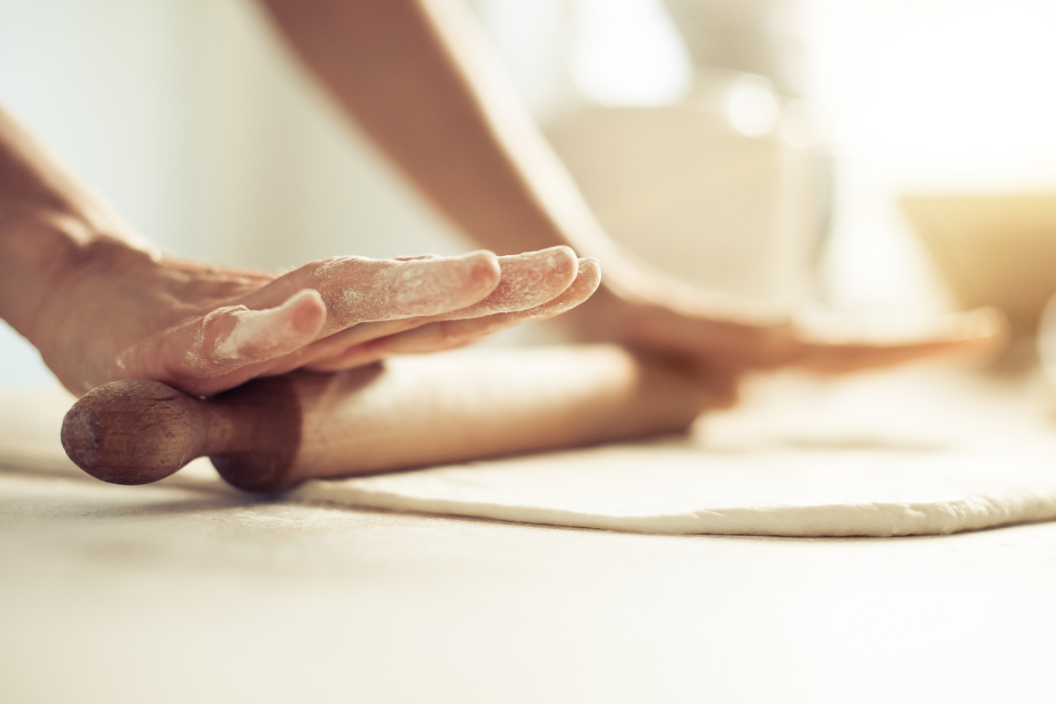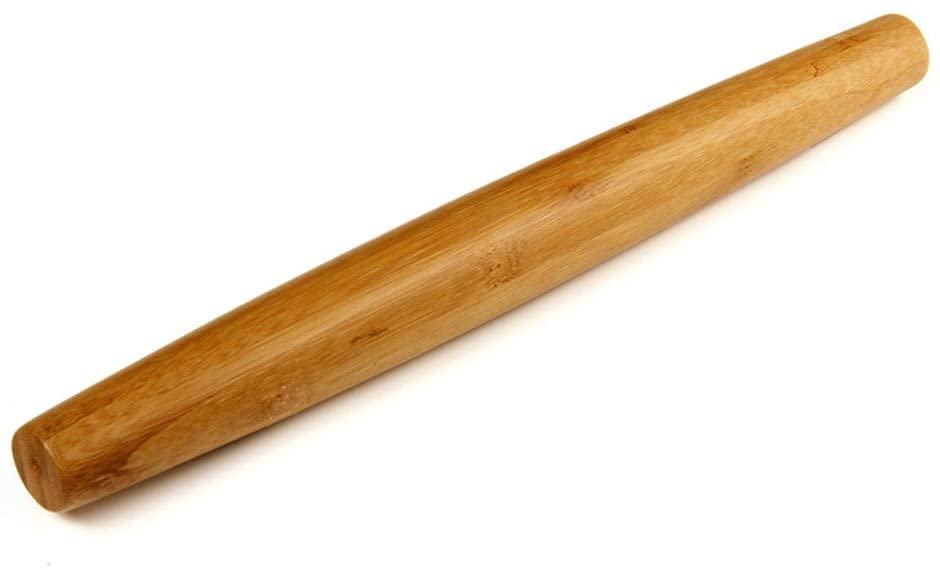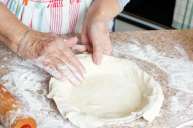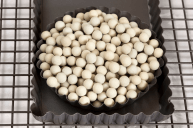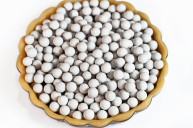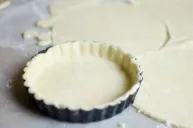A fresh, homemade pie crust is as delicate as it is delicious. No matter how skilled you are in the kitchen, making pie dough from scratch is never a simple task. Knowing how to roll out pie dough can make a big difference between a dull pie and a pie you can be proud of.
Videos by Wide Open Country
If you start with the proper pie baking tools and a good pie crust recipe, then mixing the dough should come with ease. It's when it is time to roll out that dough into the perfect pie sphere shape that requires a bit more patience and technique.
A lot can go wrong, from the dreaded cracks and tears to lumpy, uneven shapes during this crucial piece of the pie-making process. However, all it takes is a few tips and tricks to learn how to roll out the best pie dough every time.
How To Roll Out Pie Dough Without Tearing Your Hair Out
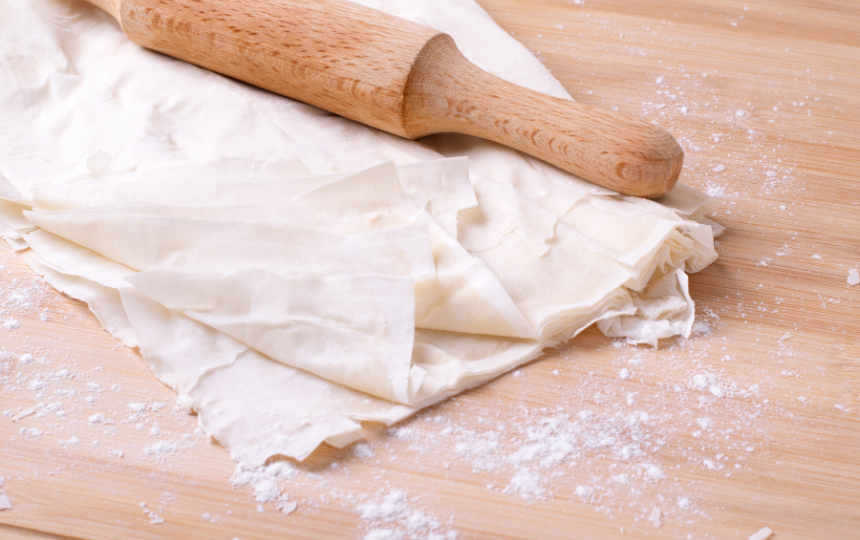
Start with slightly chilled dough.
For the smoothest rolling process, it's best to use chilled pie dough. Once you have the fresh dough, shape it into a disc, wrap it in plastic and refrigerate for at least 2 hours before rolling. When ready, remove the dough and let it rest until cool and slightly soft to the touch. If the dough is too warm, it will stick to the surface and the rolling pin, but if it's too cold, it will be too hard to roll and more likely to crack or be misshaped.
Prep your surface.
Start by lightly dusting your workspace with flour to prevent the dough from sticking during the process. As long as it's flat and you have ample space to move around, you can roll the dough directly on a clean countertop, kitchen table, or a large wooden or marble cutting board. For easier cleanup, lay down a few sheets of wax paper, a pastry cloth, or a silicone baking mat.
Choose a rolling pin.
When it comes to rolling out pie dough, tart dough, or even cookie dough, a french rolling pin is always a winner in my book. Unlike American rolling pins which have handles, a French rolling pin is tapered, making it easier on your hands and wrists.
Roll using the clock method.
One of the best ways to ensure your pie crust has an even thickness and symmetrical shape is to roll out the dough in a clockwise direction.
Place the rolling pin at the center of the dough with the ends pointing to 9 o'clock and 3 o'clock. Start rolling outwards to the top of the dough, towards 12, then to the bottom, towards 6, and then side to side towards 9 and 3.
After each round of rolling, use a dough scraper or spatula to lift the dough and rotate it about 90 degrees gently. Check and fix any cracks that may have formed and re-flour the surface if needed.
Continue clockwise rolling and rotating until the dough is smooth and the preferred size, which should be an extra 3 to 4 inches wider than the pie dish.
Transfer to a pie dish.
Use the rolling pin to easily move the dough from the work surface to the pie dish. Place the pin at the edge of the rolled dough and gently wrap it around the pin. Then, loosely unroll the dough over the pie dish and use your fingertips to softly mold it into the bottom and up the wall pan. If needed, trim any excess dough and finish the edges with a decorative design like crimping or a pointed flute.
Tips for the Best Pie
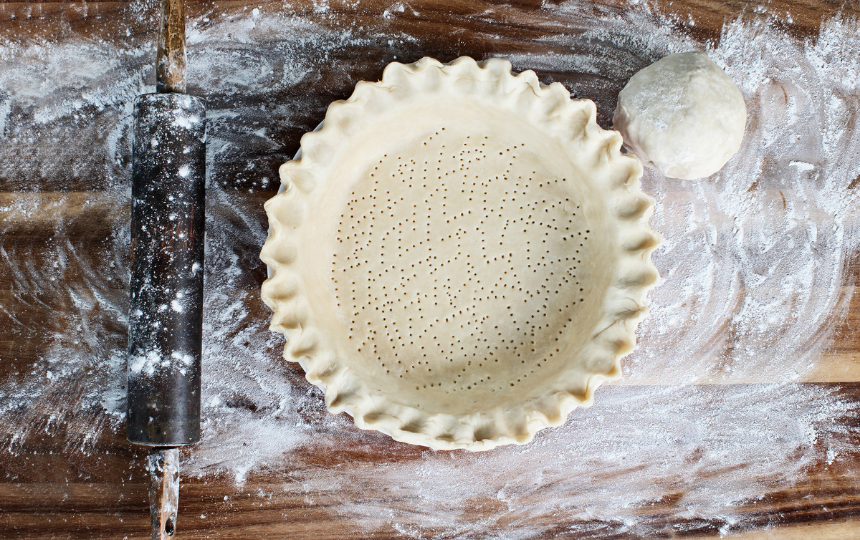
- Be careful not to overwork or over flour the dough, or it could result in a tough crust.
- Try to keep your rolling pin clean of any bits of dough as you roll. Wiping it down as you go will prevent any scraps from sticking and causing cracks in your crust.
- Before filling your pie, use a pastry brush to remove any excess flour from the top of the dough, which can give the crust a grainy texture or floury taste.
- To ensure your crust holds its shape and gets the perfect flakes, always chill your dough for 30 minutes before baking.
